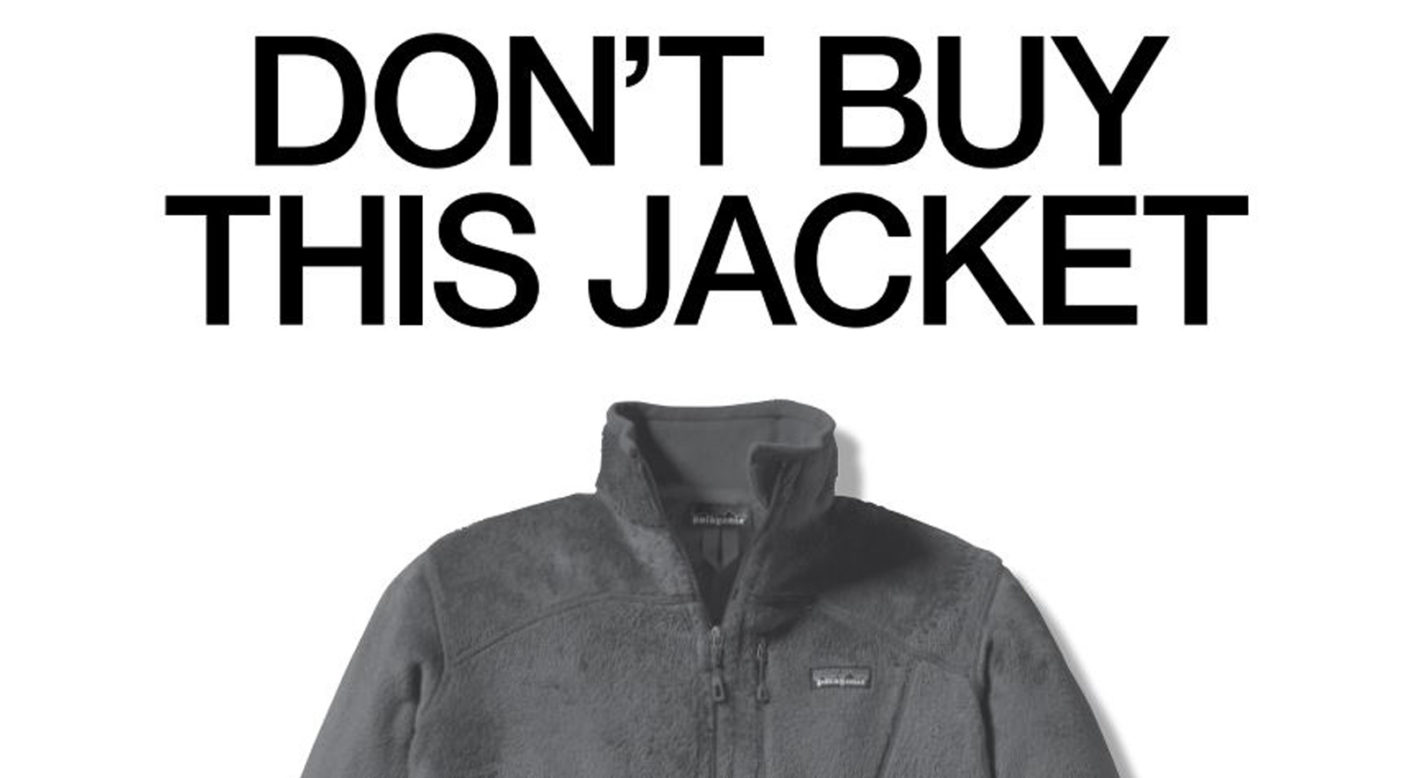An Experimental Study of Green Marketing, Social Proof and the effect on attitudes
Mathilde Kvitblik & Vilde Christiansen | Kristiania University College
In many ways, traditional marketing encourages consumption and contributes to some of the environmental problems we face today. It’s something the UN Sustainable Goal No. 12, which aims to ensure sustainable consumption and production, tries to address.[i] The quest is to do more with less resources, for which both businesses and consumers must take responsibility.
Our recent study (2018) aims to investigate to what extent marketing can be part of the solution, rather than the problem.
The Context
The key concepts in our study are Corporate Social Responsibility (CSR) and the associated Corporate Environmental Responsibility (CER). A common way of communicating an organisation’s CER activities is through Green Advertising, which is defined: “Green Advertising focuses on traditional means, such as touting the environmental friendliness of a product or brand through “green” materials or processes”.[i]
A new way of communicating CER activities is Green Demarketing. Green Demarketing refers to “a strategy whereby a brand encourages consumers to buy less at the category level through purchase of the company’s brand for the sake of the environment”[ii]. The Patagonia campaign “Don’t Buy this Jacket”, developed in 2011, is one of a few examples of this kind of communication.[iii] This was a counter-reaction to Black Friday and the fast fashion industry. Patagonia kept their shops closed on Black Friday with the intention of highlighting the problems with overconsumption. The message encouraged consumers to buy less for the benefit of the environment. The campaign received a lot of attention as it was a non-traditional form of marketing. The communication strategy is interesting because it has potential negative impacts for the company (reduced sales) and for the consumer (reduced availability), but perhaps also positive impacts in terms of the brand. Both Green Advertising and Green Demarketing tell people to buy green. What differentiates the two, is that Green Demarketing in addition encourages people to buy less.
Consumers can also play a key role in realizing the UN Sustainable goal No. 12. The big unanswered question though is how can consumers respond to corporate communication of CER activities, and how can they reduce their consumption habits? This is in many ways an unanswered question. According to a report from the National Institute of Consumer Research, Norwegians consume 67% more clothes today than they did 20 years ago.[iv] Nevertheless, one can see trends in today’s society where consumers recycle and reuse their clothes. These trends make it interesting to investigate to what extent consumers are affected by others’ environmental commitment. Robert B. Cialdini’s theory of influence addresses this through the principle of social proof, which “explains how one is influenced by what others are doing”.[v]
The topics described above constituted the foundation of the study. Our research question was:
What effect does a Green Demarketing vs a Green Advertising message have on attitudes toward the brand and toward the ad, and is the effect stronger when including social proof?”.
Companies using these forms of communication strategies often meet challenges regarding the balance between profit and planet. To what extent Green Demarketing and Green Advertising are perceived as altruistic is therefore investigated as part of the research question above.
Our Study
The way we conducted our experiment was to randomise four different ads. Each respondent was given one ad, either Green Demarketing or Green Advertising, with or without the social proof. We then asked questions regarding their attitude towards the brand and towards the ad, followed by questions to measure how altruistic the ad was perceived to be. The survey was conducted within 121 students at Kristiania University College. Also, the ads were displayed in the context of Black Friday, so that the respondents could relate to a familiar setting regarding overconsumption.
When developing the ads for the experiment, we found that when creating green ads and using social proof, it is crucial to use the social proof in a way that it refers to positive actions done by others. Many ads on environmental issues tell us that our actions are bad for the planet. However, this can have the opposite effect of than what was intended, and actually lead to that exact behaviour. [vi] Therefore, our ads contain social proofs where we refer to others doing something good for the environment, rather than what everyone is doing wrong. In this study, the social proof did not have any significant effect. However, this can be explained by an overall positive attitude towards both the Green Demarketing and Green Advertising ads, which creates only small differences between ads with or without the social proof. Nevertheless, an important lesson is how to use the social proof in the correct way, depending on what outcome you are seeking.
The results from the experiments showed that Green Demarketing had a greater positive effect on attitude towards the ad, than Green Advertising. However, there were no significant findings regarding the effect on the attitude towards the brand. This might be a consequence of using a fictional brand in the ads, which made it difficult for the respondents to have any attitude towards it. Furthermore, the results showed that Green Demarketing was perceived more altruistically than Green Advertising. We think this might be because brands that ask people to change their consumption habits for the sake of the environment actually take their environmental commitment to a whole new level compared to Green Advertising. Even though these findings cannot be generalised and are only relevant in the context of Black Friday, we believe that Green Demarketing has the potential of giving positive results for both businesses, consumers and society as a whole. However, the concept of Green Demarketing is quite novel, and needs further research.
[i] https://www.un.org/sustainabledevelopment/sustainable-development-goals/
[ii] Reich, Brandon J. and Soule, Catherine A. Armstrong. 2016. “Green Demarketing in advertisements: Comparing “Buy Green” and “Buy Less” Appeals in Product and Institutional Advertising Context.” Journal of Advertising, 45(4):441- 458. Business Source Complete (120326673)
[iii] Soule, Catherine A. Armstrong andog Brandon J. Reich. 2015. “Less is more: Is a Green Demarketing Strategy Sustainable?” Journal of Marketing Management, 31(13-14): 1403-1427. Business Source Complete (108899064).
[v] https://www.patagonia.com/blog/2011/11/dont-buy-this-jacket-black-friday-and-the- new-york-times/
[vi] http://www.hioa.no/extension/hioa/design/hioa/images/sifo/files/file80519_fagrapport _nr._2-2016_rapport_klesforbruk.pdf
[vii] Cialdini, Robert B. 2011. Influence: Science and Practice. 2. ed. Oslo: Abstrakt Forlag
[viii] Cialdini, Robert B. 2003. “Crafting Normative Messages to Protect the Environment.” Current Direction in Psychological Science, 12(4):105-109. Google Scholar. DOI: 10.1111/1467-8721.01242.


Leave a Reply